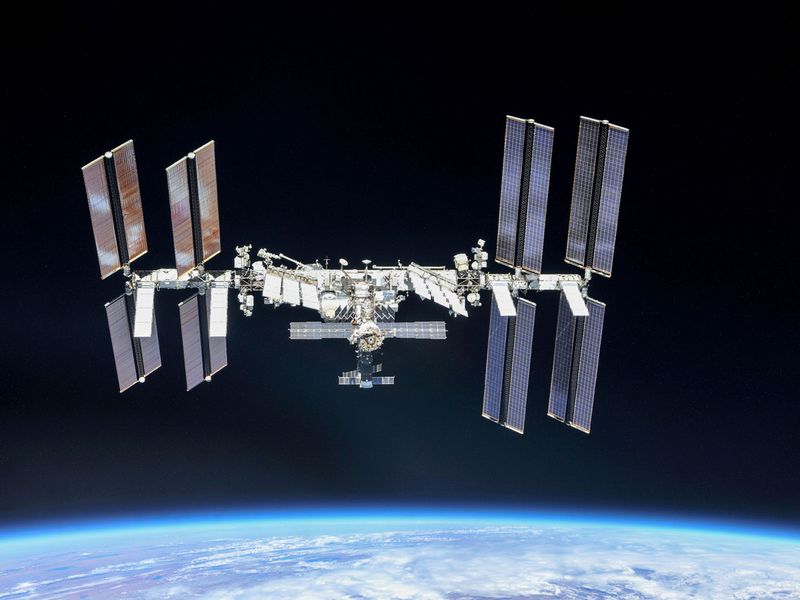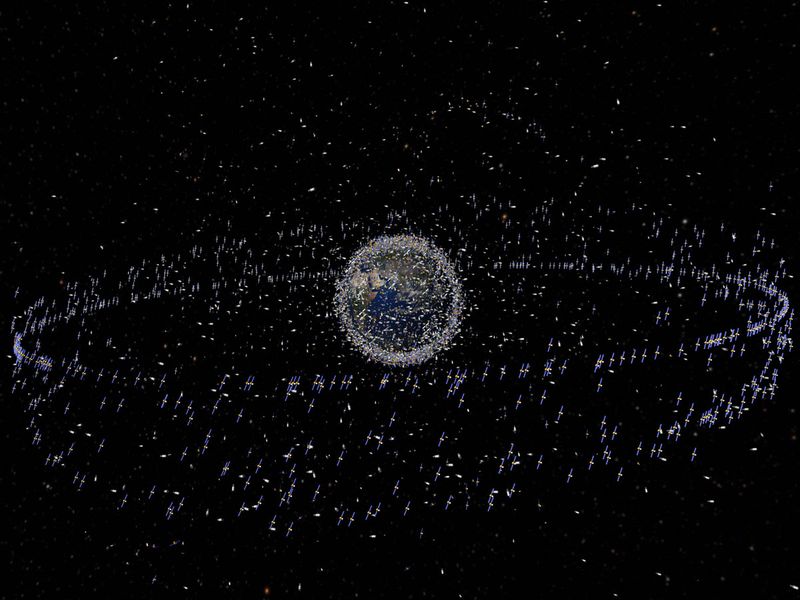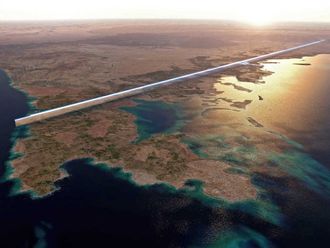
Russia conducted an anti-satellite test (ASAT) on November 15, destroying the remains of Cosmos-1408, a spy satellite launched by the Soviet Union in 1982, reports said. The test drew widespread condemnation since it generated clouds of debris that can remain in space for decades endangering other spacecraft and space missions. A similar scenario formed the theme of the Hollywood movie Gravity.
According to the European Space Agency, the newly created space junk also adds to the more than 9,600 tons of debris orbiting our planet. There are hundreds of millions of debris orbiting our planet, mainly parts of old satellites and pieces of rockets. Scientists say the junkyard in the sky poses a threat to the future use of space and could result in massive loss of lives and billions of dollars in losses on Earth if communication or weather satellites are damaged.
In this context, let us look at the anti-satellite weapons and the threat from space junk.
What’s an anti-satellite weapon?
Anti-satellite weapons (ASAT), as the name suggests, are used to destroy artificial satellites hovering over Earth. Since the late 1950s, efforts have been underway to develop ASAT, despite worries over arms race spilling into space and the threat of space debris.
Who has the capability to conduct anti-satellite weapon tests?
The United States, Russia, India and China are some of the countries which have carried out successful anti-satellite weapon tests. The US performed the first anti-satellite weapon test in 1959, according to a Guardian report, which said the ballistic missile launched from a B-47 bomber at the Explorer VI satellite missed the target.
Who conducted the last ASAT test?
Before the Russian ASAT test on November 15, China launched a missile at one of its old weather satellites in 2007. The test is reported to have created a swarm of roughly 2,300 pieces of debris.
According to Space.com, Russia conducted three anti-satellite missile tests in 2020.
Why is an anti-satellite test worrisome?
An anti-satellite test creates hundreds of thousands of pieces of space debris that threaten the safety of astronauts on the International Space Station and the Chinese space station along with its taikonauts (astronauts). The velocities at which the debris moves means it could easily puncture the walls of the station’s modules.
What’s space debris?
All defunct artificial objects in space constitute space debris. Also known as space junk, space trash and space garbage, these objects include remains of artificial satellites and space mission-related debris like fragments of rocket bodies and abandoned launch vehicle stages. After more than 64 years of space activity, there are around a million objects in Earth’s orbit ranging in sizes from 1cm to 10cm.

What’s the risk from space debris?
Space debris can be hazardous to spacecraft. According to the National Aeronautics and Space Administration (Nasa) of the United States, an impact from even a tiny piece of orbital debris, including flecks of paint, could create significant problems since both the debris and spacecraft are travelling at extremely high speeds (approximately 25,265kph in low Earth orbit). The impact could be catastrophic for weather and telecommunications satellites.
Who monitors space debris?
More than 27,000 pieces of space debris are tracked by the US Department of Defence’s global Space Surveillance Network (SSN) sensors, according to Nasa. There is much more debris, which is too small to be tracked but large enough to threaten space missions. There are half a million pieces of debris the size of a marble or larger, and approximately 100 million pieces about 1mm and larger. There is much more smaller debris.
What are the previous collisions with space debris?
The first collision occurred on July 24, 1996, when a fragment from a European Ariane rocket that had exploded a decade earlier collided with Cerise, a French microsatellite.
A functioning Iridium 33, a communications satellite owned by US company Motorola, collided with Cosmos 2251, a defunct Russian military communications satellite, about 760 km above northern Siberia, shattering both satellites.
In 2007, China used a missile to destroy an old weather satellite, adding more than 3,500 pieces of large, trackable debris and much more smaller debris to the space junk.
How debris collisions in space can be avoided
For objects 10cm and larger, which can be tracked by the Space Surveillance Network, conjunction assessments and collision avoidance manoeuvres are effective, Nasa says. Smaller objects are difficult to track for conjunction assessments and collision avoidance, the US space agency reports, adding that debris shields on the US modules of the International Space Station can withstand impacts of particles smaller than 1cm.
What’s a debris avoidance manoeuvre?
A debris avoidance manoeuvre involves moving the spacecraft slightly to avoid impact from speeding particles. This is only possible if these encounters are known early enough. If the tracking data is not precise, the control centres may move the crew into spaceships that act as lifeboats.
When is an avoidance manoeuvre executed?
The protocols for debris avoidance manoeuvres have been drawn up for the International Space Station, depending on the collision probability. Nasa reports say, if it is greater than 1 in 100,000, a manoeuvre will be conducted so long as it does not affect mission objectives. If the risk is greater than 1 in 10,000, a manoeuvre will be performed unless it puts the crew in additional danger.

How is a debris avoidance manoeuvre carried out?
Debris avoidance manoeuvres for the International Space Station usually require about five hours for planning and execution, according to Nasa. The station’s Russian thrusters or the propulsion systems on a docked spacecraft are generally used. The International Space Station has conducted 29 debris avoidance manoeuvres since 1999, including three in 2020, according to the US space agency.
■ He said in 1978 that too much space junk in orbit could result in a chain reaction where more and more objects collide and create new space junk to such a point where Earth’s orbit becomes unusable. This is known as the Kessler syndrome.
■ Although this is an extreme scenario, some experts feel that something similar could happen if steps to avoid it are not taken.
What are the other dangers posed by space debris?
Nasa scientist Donald Kessler said space debris could destroy the satellites that orbit near the Earth, crippling communication systems, GPS systems, scientific instruments to study climate, pandemics and ecosystems. This could result in massive loss of lives and billions of dollars in losses.
Besides being a collision hazard, space debris increases the cost for satellite operators. Satellite operators in the geostationary orbit have estimated protective and mitigation measures account for about 5-10 per cent of mission costs. For lower-Earth orbits, the cost is higher, according to an OECD [Organisation for Economic Co-operation and Development] study quoted by Reuters.

How can space be cleared of debris?
Japan’s Aerospace Exploration Agency (JAXA) and the European Space Agency have partnered with start-ups to help remove space debris. JAXA has launched a demonstration project with Astroscale for the world’s first debris removal mission, and ESA is working with Swiss start-up ClearSpace to launch their mission in 2025, according to a Reuters report.
China launched on October 23 the Shijian-21 space debris mitigation technology satellite that analysts say can be used as a weapon capable of grabbing and crushing satellites. Chinese state media reported that the satellite would “test and verify space debris mitigation technologies.”





